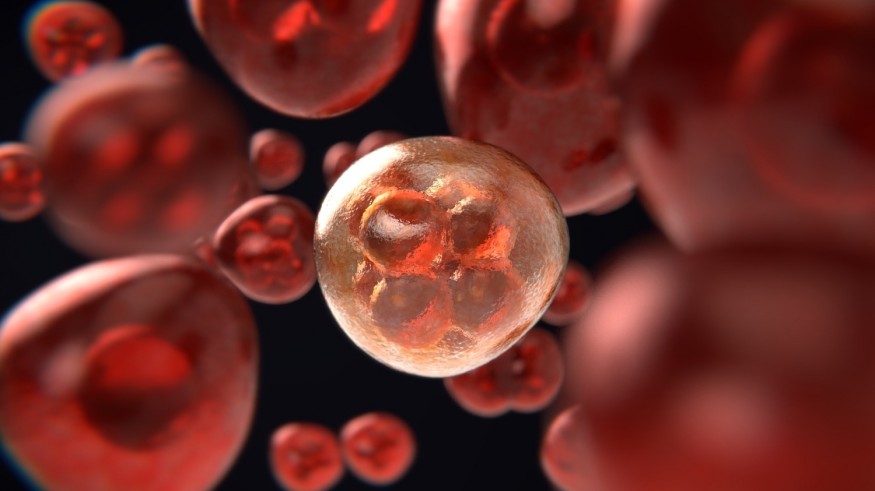Scientists have observed the configuration of centromeres, a special chromosomal region required for cell division, in the nucleus since the 1800s. However, the determining mechanisms and biological significance of centromere distribution were unknown until now. A team led by University of Tokyo researchers and collaborators recently proposed a two-step regulatory mechanism that shapes centromere distribution. Their findings also suggest that the configuration of centromeres in the nucleus plays a role in genome integrity.

Research Reveals the Centromeres Mechanism Unknown Since 1800s
During cell division, special chromosomal domains known as centromeres are pulled to opposite ends of the cell. Centromeres are spatially distributed in the nucleus after cell division is completed and the cell nucleus is constructed. If the distribution of centromeres pulled to the two poles remains constant, the cell nucleus will have centromeres grouped on only one side. Rabl configuration, named after the 19th-century cytologist Carl Rabl, refers to this uneven distribution of centromeres. On the other hand, the nuclei of some species have a dispersed distribution of centromeres, which is known as a non-Rabl configuration.
Corresponding author Sachihiro Matsunaga, professor at the University of Tokyo's Graduate School of Frontier Sciences, said that the biological function and molecular mechanism of the Rabl or non-Rabl configuration had been a mystery for centuries. He said they successfully revealed the molecular mechanism for constructing the non-Rabl configuration.
The researchers studied the thale cress (Arabidopsis thaliana) and a specimen with a non-Rabl configuration and its mutant form with a Rabl configuration. They discovered that protein complexes are known as condensin II (CII), and the linker of nucleoskeleton and cotoskeleton (LINC) complex work together to determine centromere distribution during cell division.
Matsunaga explained that the CII-LINC complex and a nuclear lamina protein known as Crowded Nuclei (CRWN) regulate the centromere distribution for non-Rabl configuration independently. The researchers then examined the gene expression to determine the biological significance of A. thaliana and its Rabl-structure mutant.
Research Application on Organisms of Centromeres Mechanism
The researchers expected to find differences in gene expression because a change in the spatial arrangement of centromeres also changes the spatial arrangement of genes, but the hypothesis proved incorrect. When exposed to DNA damage stress, the mutant grew organs slower than the normal plant.
According to the findings, precise control of centromere spatial arrangement is required for organ growth in response to DNA damage stress.
There is no difference in DNA damage stress tolerance between non-Rabl and Rabl organisms. It implies that, regardless of Rabl configuration, proper spatial arrangement of DNA in the nucleus is important for stress response.
According to Matsunaga, the next step is to identify the power source that changes the spatial arrangement of specific DNA regions and the mechanism that recognizes specific DNA.
Such discoveries will pave the way for the development of technology for artificially arranging DNA in the cell nucleus in an appropriate spatial arrangement. It is anticipated that the technology will enable the creation of stress-resistant organisms and the imparting of new properties and functions by changing the spatial arrangement of DNA rather than editing its nucleotide sequence.
The research was recently published in Nature.
RELATED ARTICLE : Scientists Fabricate Artificial Cell With Life-Like Behavior
Check out more news and information on Technology in Science Times.
© 2025 ScienceTimes.com All rights reserved. Do not reproduce without permission. The window to the world of Science Times.










